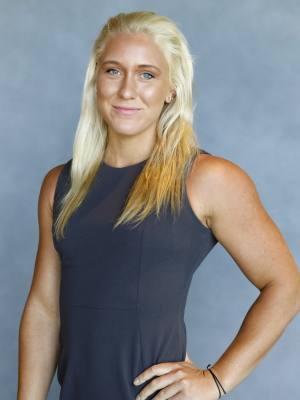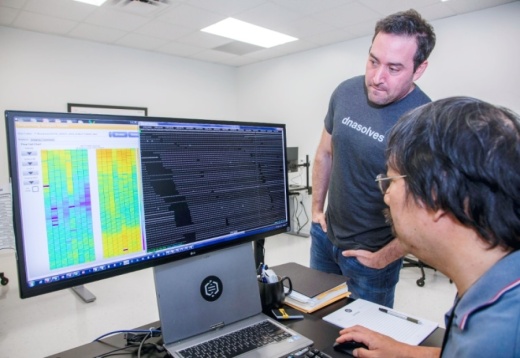The body, which was found by kayakers in October 2016, was not visually recognizable and had no identification in his belongings, said Dr. Kathryn Pinneri, director of Montgomery County Forensic Services.
Forensics services attempted to identify the man using fingerprints, dental records and DNA. The department ran press releases with pictures of his belongings and uploaded the information to a national database, the National Missing and Unidentified Persons System, known as NamUs.
Nothing generated leads.
The case sat for four years, becoming one of the estimated 40,000 sets of human remains that are unidentified in the U.S., according to NamUs.
But the mystery of the unnamed man never grew cold, and eventually, it spurred a partnership between the county forensic services and a forensics lab in The Woodlands called Othram, located near the intersection of Research Forest Drive and Gosling Road.
In late 2020, Montgomery County Forensic Services contacted Othram. The two entities had discussed collaborating in the past, and the unidentified man found by kayakers seemed like the perfect case to try to solve, Pinneri said.
Othram has a track record of solving hard-to-crack cases, including those that have sat for decades, such as the 1966 drowning of young woman in Pecos, founder David Mittelman said. They use a technology called forensic-grade genome sequencing that takes DNA data to construct a new genealogical profile, which can be used to find potential genetic relatives.
It was the first time Montgomery County Forensic Services employed the help of the technology, and the results would be fruitful. The collaboration produced a new lead that would eventually give a name to the unidentified man: James Edward St. Peters.
“We’ll do what it takes,” Pinneri said. “The decedent deserves it, and so do the ones they left behind.”
The county forensic services successfully identified all other decedents at its facility through other means, but Pinneri said the department will use Othram’s service again if needed.
Traditionally, forensic evidence is uploaded into the Combined DNA Index System, or CODIS, a national database run by the FBI, Mittelman said. CODIS collects 20 markers from DNA to construct a profile, and it can be used to match persons if their DNA or a close relative’s DNA is in the system.
For instance, if someone committed a crime in Houston and then went on to commit a crime in Dallas and got caught, their DNA could be matched to the crime in Houston.
But there are limitations.
“[It’s] not good if you are not in the database,” Mittelman said. “If you’re not a criminal, it’s hard to find you.”
That is why it is not surprising the DNA of Edwards St. Peters—known for years as John Doe—did not turn up results, he said.
When CODIS fails, that is where Othram steps in, Mittelman said. The technology Othram uses takes thousands of markers from DNA to reconstruct a genealogical profile that can be used to identify distant relatives of the deceased, not just close relatives.
“Instead of 20 markers, [we are] pulling tens of thousands to hundreds of thousands of markers, and from that we can kind of reconstruct a lot of information [on] ... distant relatives,” he said.
Othram also uses KinSNP, a service that conducts rapid familial relationship testing. For The Woodlands case, scientists at Othram worked from distant genetic matches—beyond second cousin—through Mennonite and French-Canadian familial records, producing a new lead for investigators.
Cracking cases, especially one so close to home, is rewarding, Mittelman said. But solving cases such as The Woodlands John Doe should be considered the expectation, not a lucky break; the technology is there, and now it needs to scale up, he said.
“At bare minimum, we want to make sure this becomes a standard tool,” he said.
To browse law enforcement cases that are in need of funding, are funded or are solved, or to donate your DNA to help solve cases, visit www.dnasolves.com.





